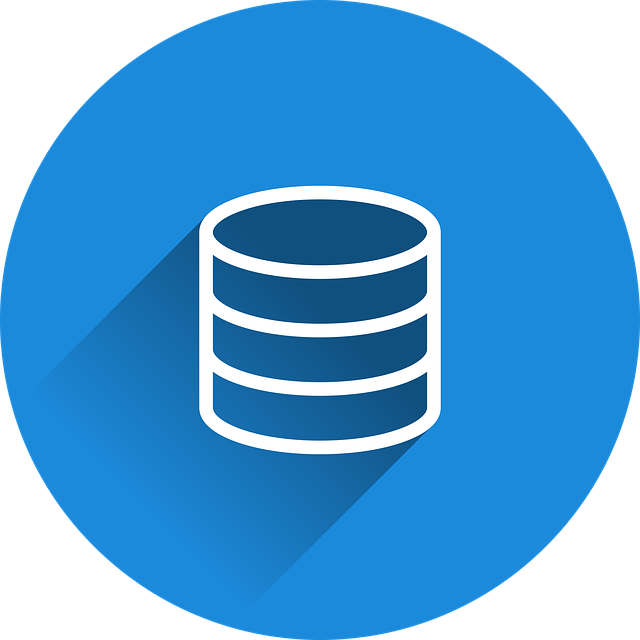FAQ Structured Data is a powerful tool that organizes frequently asked questions (FAQs) on web pages using specific markup, improving user experience and search engine visibility. By implementing the FAQPage schema using JSON-LD, you create hierarchical FAQs, enhancing navigation and presenting rich snippets in search results. This boosts click-through rates, reduces bounce rates, and increases user engagement, ultimately strengthening your website's presence in Search Engine Results Pages (SERPs). Measuring success through KPIs like CTRs, SERP positions, time spent on page, and bounce rates is crucial for continuous optimization.
Adding the FAQPage schema to your website’s content is a strategic move to enhance user experience and search engine optimization. FAQ structured data, a powerful tool, enables search engines to understand and present frequently asked questions in rich, interactive results. This article explores the benefits of this schema, from improved user engagement and better SERP visibility to successful implementation strategies and continuous optimization techniques. By understanding and leveraging FAQ structured data, content creators can elevate their online presence.
- Understanding FAQ Structured Data and Its Benefits
- Why Add FAQPage Schema to Your Content?
- Implementing FAQPage Schema: A Step-by-Step Guide
- Enhancing User Engagement with Rich FAQ Results
- Boosting Search Engine Visibility: SERP Real Estate
- Measuring Success and Continuous Optimization
Understanding FAQ Structured Data and Its Benefits

FAQ Structured Data is a powerful tool for enhancing online content and user experience. It involves using specific markup to organize and structure frequently asked questions (FAQs) within a webpage, making it easier for search engines to understand and present this information in rich, interactive results. By implementing FAQ Structured Data, developers can transform static lists of FAQs into dynamic, engaging elements that capture the attention of users directly on the search engine results page (SERP).
One of the key benefits lies in FAQ Snippet Optimization, where well-structured data allows search engines to extract and display concise answers along with relevant metadata. This not only improves Schema FAQPage Type integration but also significantly increases click-through rates due to the enhanced visual appeal of rich FAQ results. It provides a direct, interactive experience for users seeking quick answers, ultimately elevating the overall user engagement and website performance in SERPs.
Why Add FAQPage Schema to Your Content?

Adding the FAQPage schema to your website’s content is a strategic move that offers multiple benefits for both users and search engines. Structured data, in particular the FAQ schema, provides a structured format for presenting frequently asked questions and their answers. This enhances the user experience by enabling visitors to quickly find the information they seek, reducing bounce rates and increasing engagement.
Moreover, incorporating FAQPage schema can significantly boost your website’s visibility on search engine results pages (SERPs). Search engines like Google utilize structured data to generate rich snippets or enhanced search results, featuring FAQ-like sections directly in the SERP. This visual enhancement not only attracts more clicks but also improves your site’s perceived authority and relevance, as users are provided with valuable, readily accessible information. By implementing FAQ Structured Data, you can optimize your snippet optimization, leverage Accordion Schema SEO, and ultimately, enhance the overall performance of your content.
Implementing FAQPage Schema: A Step-by-Step Guide

Implementing FAQPage Schema is a strategic move to enhance your website’s search engine optimization (SEO) and user experience. This step-by-step guide will walk you through the process, ensuring your content is optimized for rich FAQ results. Start by identifying the frequently asked questions related to your product or service and structure them in a clear, hierarchical manner. Utilize JSON-LD to create the FAQPage schema, coding each question and answer pair as an individual item within the array.
Begin by defining the `FAQPage` object, followed by adding `Question` and `Answer` properties for each query. Ensure your answers are concise yet informative, aiming for a natural language flow that mirrors how users would interact with a live agent. Once the schema is crafted, integrate it into your webpage’s HTML code. Test the implementation using search engine tools to verify the correct display of structured data. With the FAQPage Schema in place, you’re well on your way to optimizing your FAQ snippet and capturing more real estate on search engine results pages (SERPs), ultimately driving increased user engagement.
Enhancing User Engagement with Rich FAQ Results

Implementing the FAQPage schema is a powerful strategy to elevate user engagement and optimize your content for search engines. When search engines like Google encounter structured data, they can present rich FAQ results, offering users concise answers directly within the search snippet. This format provides a better user experience by addressing questions promptly, reducing the need to click through to a website.
With Accordion Schema SEO, you can organize your FAQs in a hierarchical structure, allowing users to navigate through them effortlessly. This not only improves engagement but also ensures that critical information is easily accessible. FAQ Snippet Optimization further enhances visibility by crafting compelling and accurate snippets, encouraging users to interact with the content and potentially increasing click-through rates, thereby improving your search engine real estate.
Boosting Search Engine Visibility: SERP Real Estate

Adding the FAQPage schema to your website content is a powerful strategy to enhance search engine visibility and capture more real estate on Search Engine Results Pages (SERPs). By implementing structured data in the form of FAQ schemas, you provide search engines with valuable information about your content, specifically identifying frequently asked questions and their answers. This structured format allows search engines to extract and display key snippets from your page in rich FAQ results, making it more likely for users to click through to your site.
When search engines crawl your site, they analyze the FAQ schema to understand the context and relevance of your content. This can lead to improved ranking for questions that align with user queries, resulting in higher visibility on SERPs. Additionally, rich FAQ results offer a more engaging experience for users by providing direct answers and relevant information, encouraging them to explore further within your site. With the right implementation, you can optimize your snippets, ensuring your content stands out and attracts more clicks, ultimately driving increased engagement and potential conversions.
Measuring Success and Continuous Optimization

Measuring success is a vital step after implementing the FAQ Structured Data. By utilizing tools provided by search engines and analytics platforms, website owners can track the impact of this schema markup. Key performance indicators (KPIs) to monitor include click-through rates (CTRs) on FAQ results, average position improvements in search engine results pages (SERPs), and user engagement metrics such as time spent on page and bounce rate.
Continuous optimization is essential for maintaining and enhancing these benefits. Regularly reviewing and updating the FAQ content ensures it remains relevant and answers users’ queries effectively. Additionally, staying informed about changes in search engine algorithms and best practices for Schema FAQPage Type implementation allows for adjustments to FAQ Snippet Optimization, ultimately maximizing visibility and user satisfaction.
